Financial News
Knight-Swift Transportation (NYSE:KNX) Posts Better-Than-Expected Sales In Q3

Freight delivery company Knight-Swift Transportation (NYSE: KNX) beat Wall Street’s revenue expectations in Q3 CY2025, with sales up 2.7% year on year to $1.93 billion. Its non-GAAP profit of $0.32 per share was 13.2% below analysts’ consensus estimates.
Is now the time to buy Knight-Swift Transportation? Find out by accessing our full research report, it’s free for active Edge members.
Knight-Swift Transportation (KNX) Q3 CY2025 Highlights:
- Revenue: $1.93 billion vs analyst estimates of $1.90 billion (2.7% year-on-year growth, 1.7% beat)
- Adjusted EPS: $0.32 vs analyst expectations of $0.37 (13.2% miss)
- Adjusted EBITDA: $229.4 million vs analyst estimates of $290.9 million (11.9% margin, 21.2% miss)
- Adjusted EPS guidance for Q4 CY2025 is $0.37 at the midpoint, below analyst estimates of $0.40
- Operating Margin: 2.6%, down from 4.3% in the same quarter last year
- Free Cash Flow was -$17.59 million, down from $64.18 million in the same quarter last year
- Market Capitalization: $7.70 billion
Company Overview
Covering 1.6 billion loaded miles in 2023 alone, Knight-Swift Transportation (NYSE: KNX) offers less-than-truckload and full truckload delivery services.
Revenue Growth
A company’s long-term sales performance can indicate its overall quality. Any business can put up a good quarter or two, but the best consistently grow over the long haul. Luckily, Knight-Swift Transportation’s sales grew at a solid 10.2% compounded annual growth rate over the last five years. Its growth beat the average industrials company and shows its offerings resonate with customers.
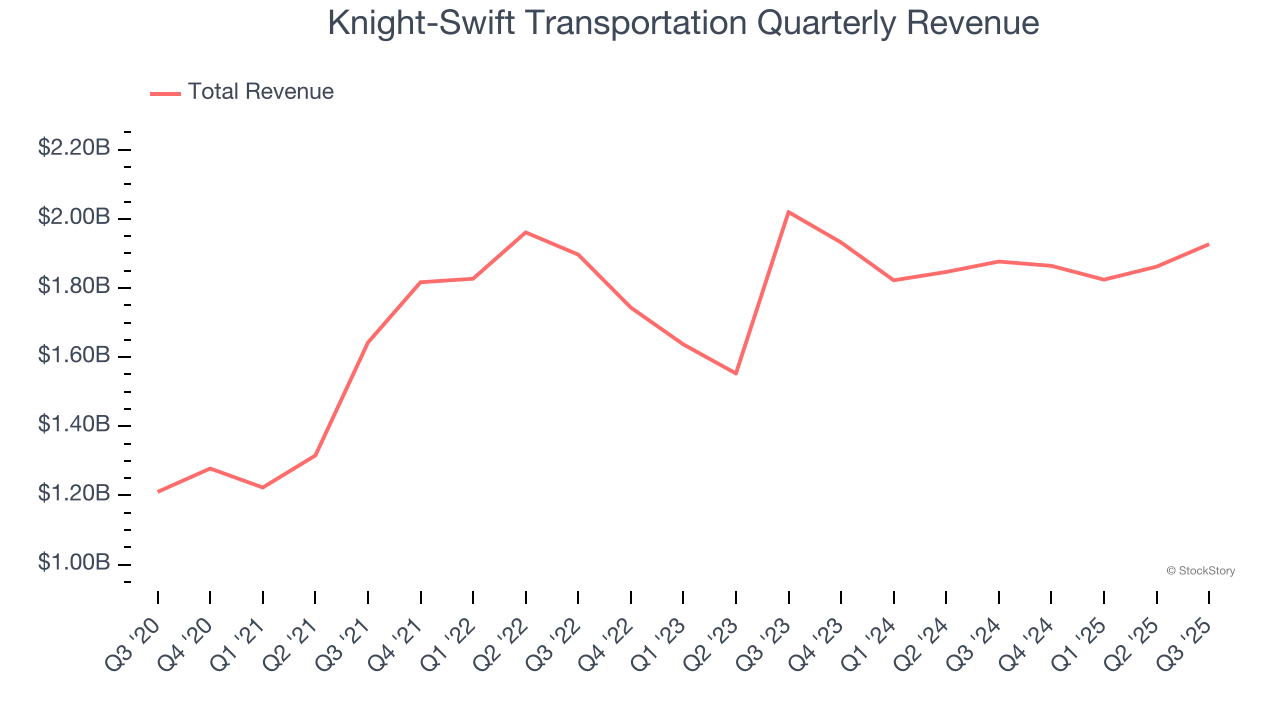
We at StockStory place the most emphasis on long-term growth, but within industrials, a half-decade historical view may miss cycles, industry trends, or a company capitalizing on catalysts such as a new contract win or a successful product line. Knight-Swift Transportation’s recent performance shows its demand has slowed as its annualized revenue growth of 3.7% over the last two years was below its five-year trend. We also note many other Ground Transportation businesses have faced declining sales because of cyclical headwinds. While Knight-Swift Transportation grew slower than we’d like, it did do better than its peers. 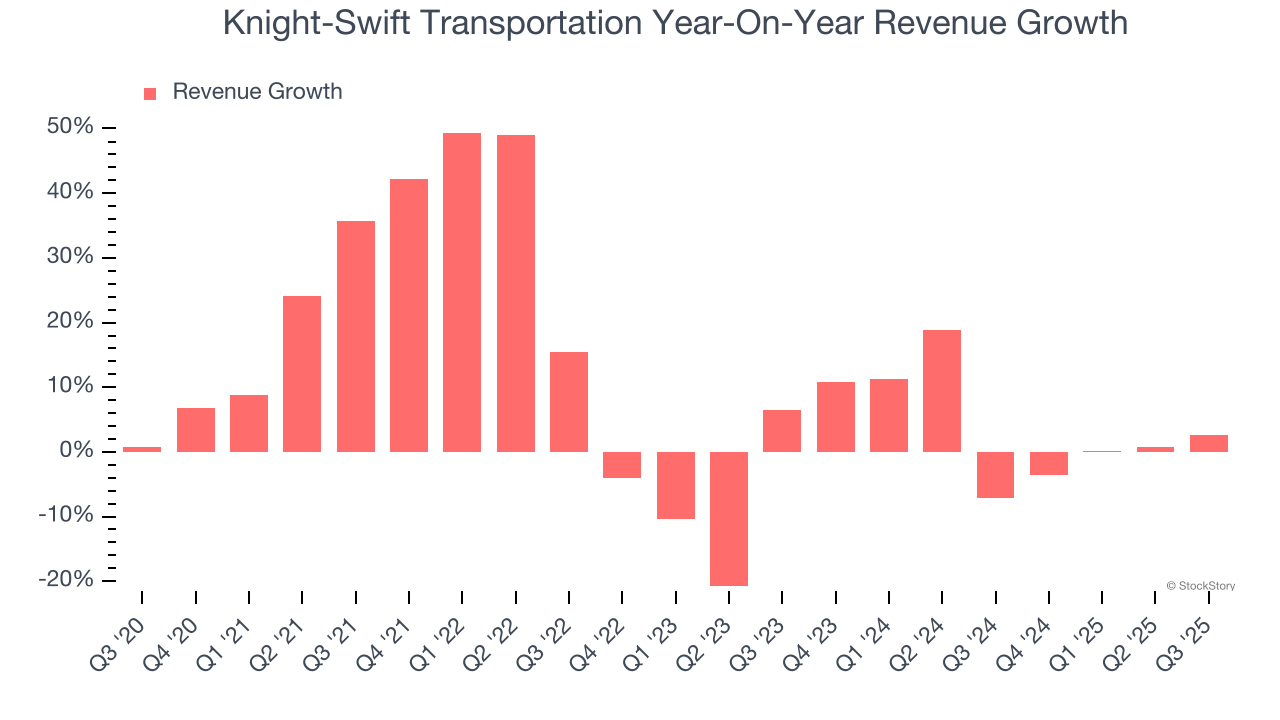
This quarter, Knight-Swift Transportation reported modest year-on-year revenue growth of 2.7% but beat Wall Street’s estimates by 1.7%.
Looking ahead, sell-side analysts expect revenue to grow 3.4% over the next 12 months, similar to its two-year rate. This projection doesn't excite us and indicates its newer products and services will not lead to better top-line performance yet.
Software is eating the world and there is virtually no industry left that has been untouched by it. That drives increasing demand for tools helping software developers do their jobs, whether it be monitoring critical cloud infrastructure, integrating audio and video functionality, or ensuring smooth content streaming. Click here to access a free report on our 3 favorite stocks to play this generational megatrend.
Operating Margin
Knight-Swift Transportation has done a decent job managing its cost base over the last five years. The company has produced an average operating margin of 8.7%, higher than the broader industrials sector.
Analyzing the trend in its profitability, Knight-Swift Transportation’s operating margin decreased by 11.4 percentage points over the last five years. Many Ground Transportation companies also saw their margins fall (along with revenue, as mentioned above) because the cycle turned in the wrong direction. We hope Knight-Swift Transportation can emerge from this a stronger company, as the silver lining of a downturn is that market share can be won and efficiencies found.
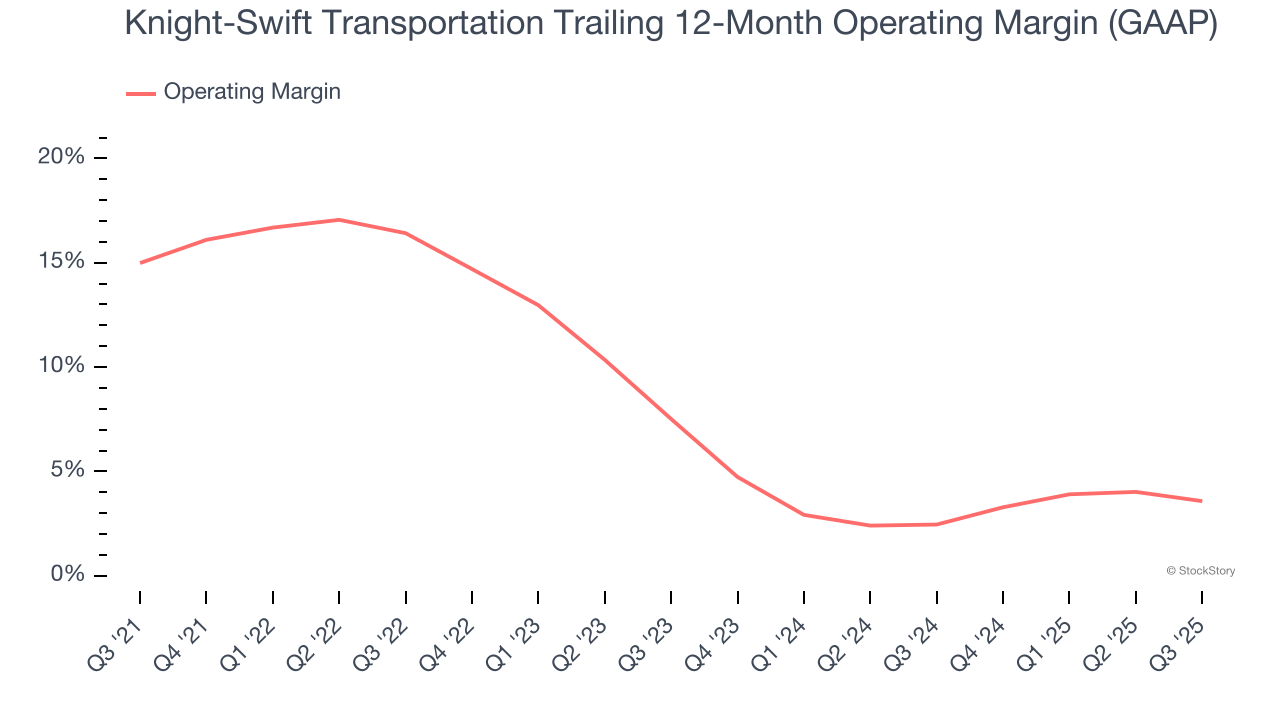
This quarter, Knight-Swift Transportation generated an operating margin profit margin of 2.6%, down 1.7 percentage points year on year. Conversely, its revenue and gross margin actually rose, so we can assume it was less efficient because its operating expenses like marketing, R&D, and administrative overhead grew faster than its revenue.
Earnings Per Share
We track the long-term change in earnings per share (EPS) for the same reason as long-term revenue growth. Compared to revenue, however, EPS highlights whether a company’s growth is profitable.
Sadly for Knight-Swift Transportation, its EPS declined by 11% annually over the last five years while its revenue grew by 10.2%. This tells us the company became less profitable on a per-share basis as it expanded due to non-fundamental factors such as interest expenses and taxes.
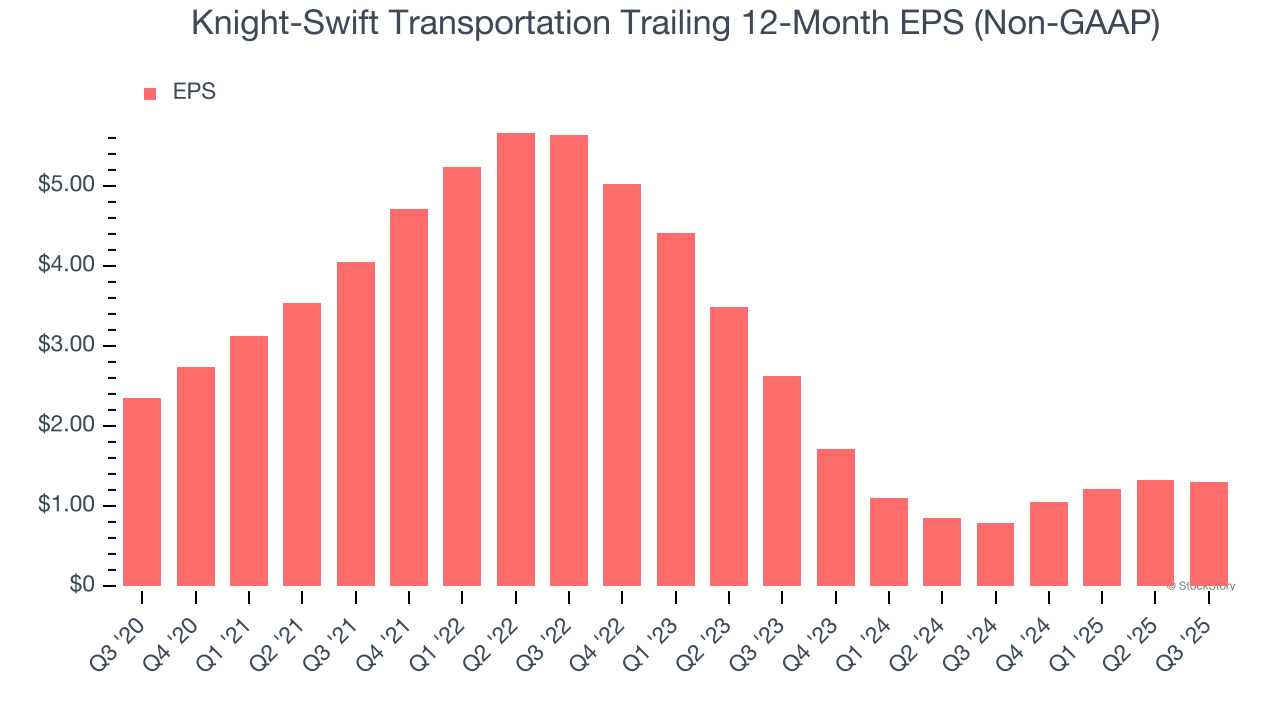
Diving into the nuances of Knight-Swift Transportation’s earnings can give us a better understanding of its performance. As we mentioned earlier, Knight-Swift Transportation’s operating margin declined by 11.4 percentage points over the last five years. This was the most relevant factor (aside from the revenue impact) behind its lower earnings; interest expenses and taxes can also affect EPS but don’t tell us as much about a company’s fundamentals.
Like with revenue, we analyze EPS over a more recent period because it can provide insight into an emerging theme or development for the business.
For Knight-Swift Transportation, its two-year annual EPS declines of 29.4% show it’s continued to underperform. These results were bad no matter how you slice the data.
In Q3, Knight-Swift Transportation reported adjusted EPS of $0.32, down from $0.34 in the same quarter last year. This print missed analysts’ estimates. Over the next 12 months, Wall Street expects Knight-Swift Transportation’s full-year EPS of $1.31 to grow 45.1%.
Key Takeaways from Knight-Swift Transportation’s Q3 Results
It was encouraging to see Knight-Swift Transportation beat analysts’ revenue expectations this quarter. On the other hand, its EBITDA missed and its EPS fell short of Wall Street’s estimates. Overall, this quarter could have been better. The stock traded down 2.9% to $45.99 immediately after reporting.
Knight-Swift Transportation’s latest earnings report disappointed. One quarter doesn’t define a company’s quality, so let’s explore whether the stock is a buy at the current price. We think that the latest quarter is only one piece of the longer-term business quality puzzle. Quality, when combined with valuation, can help determine if the stock is a buy. We cover that in our actionable full research report which you can read here, it’s free for active Edge members.
More News
View More

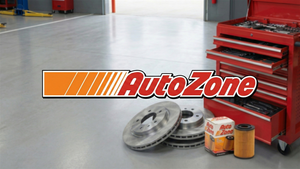


Recent Quotes
View More
Quotes delayed at least 20 minutes.
By accessing this page, you agree to the Privacy Policy and Terms Of Service.



